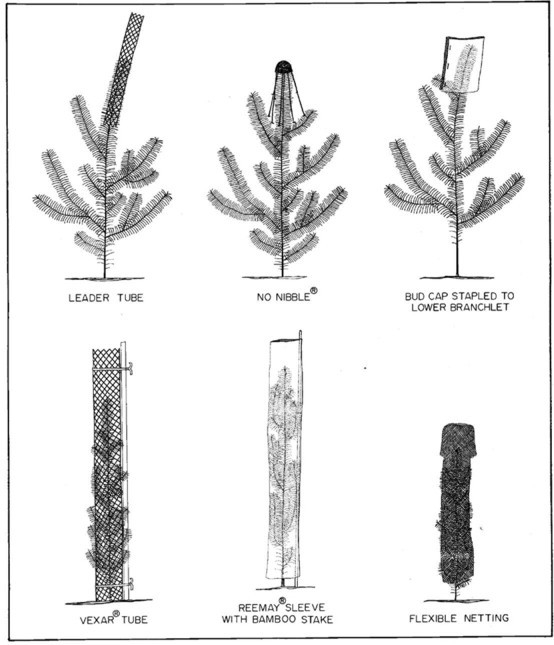Help for the Home Gardener from the Contra Costa Master Gardener Help Desk
Client's Question:
I enjoyed talking with you at the “Ask a Master Gardener” table at the Moraga Farmers Market. Your home is on Las Trampas Creek in Lafayette and has steep creek banks. You wanted information on installing willow stakes for erosion control. You also wondered where to obtain stakes, and whether or not deer would eat the young willows.
CCMG Help Desk Response:
I, too, live along Las Trampas Creek, and have thought about using willow stakes for erosion control for some time now as a way of slowing the constant erosion of the steep banks. Revegetating with willows is an easy way to establish woody vegetation on a denuded creek bank, thereby helping to stabilize the bank.
Historically, willows grew along most of the creeks in coastal California and still do. Two of the native willows well-suited for Las Trampas Creek are the Arroyo Willow (Salix lasiolepis) and the Red Willow (Salix laevigata). They can be planted from dormant cuttings or “sprigs” following these steps:
1. Make cuttings in the late fall when the leaves have dropped and the ground is soft and wet. It's critical to plant as early as possible so they can develop good root systems before they sprout leaves in the spring. Planting too late is the most common cause of failure.
2. Cuttings should be at least 3/4 inch in diameter — the bigger the better. Large diameter branches can be used. They should be at least 14 inches long but can be longer. Regarding commercial availability, I contacted Native Here Nursery in Tilden Park which is a project of the East Bay Chapter of the California Native Plant Society. Given the limited quantity you will probably require, he felt that the best method would be to cut your own stakes in a way which is "ethically and legally" responsible. If you can't find accessible willows to cut, he recommended contacting The Watershed Nursery in Richmond www.watershednursery.comwhich specializes in California native plants and habitat enhancement. He thought perhaps they could sell you container plants and/or might be able to cut stakes for you.
3. Plant 2-4 cuttings/sq. yd. by pushing at least two-thirds of the length of the cut end directly into soft soil. They may need to be pounded in with a hammer. Alternatively, you can first make a hole with a sharp stick or pick but be sure to compress soil tightly around the cuttings. Angle sprigs slightly downstream to prevent them from being undermined by storm flows.
5. Prune and shape willows to keep them from invading the creek channel and causing flood and erosion problems. Allowing trees to grow tall will develop a canopy to help shade the creek and vegetation growing below.
Herbivore browsing can be problematic with deer, gophers, and voles being the most likely problem species. My research indicates that there is a possibility that deer will browse the young willows. While willows might not be their first choice, if hungry enough they will give them a try. Due to the large number of deer present in the Las Trampas Creek corridor, I would suggest carefully monitoring the plants and giving them protection if heavy browsing actually occurs. Protection could either be temporary fencing around the perimeter of the plants, or installation of home-made or commercial browse guards at each plant. In 1986, Oregon State University did a study "Seedling Protectors for Preventing Deer Browse" at http://bit.ly/1FNk2CKand found that most protectors worked equally well. Attached is a page from that study illustrating several different methods of protecting the young plants. Because this study is dated, all of the protectors listed may not be currently available. Please send an email to the Help Desk if you would like us to do more research on deer browse protectors.
Good luck with your willow staking project. Feel free to contact us if you need additional information.
Contra Costa Master Gardeners Help Desk
Editor's Note: The Contra Costa Master Gardener Help Desk is available year-round to answer your gardening questions. Except for a few holidays, we're open every week, Monday through Thursday from 9:00 am to Noon at 75 Santa Barbara Road, 2d Floor, Pleasant Hill, CA 94523.
We can also be reached via telephone: (925) 646-6586, email: ccmg@ucanr.edu, and we are on the web at http://ccmg.ucanr.edu/
